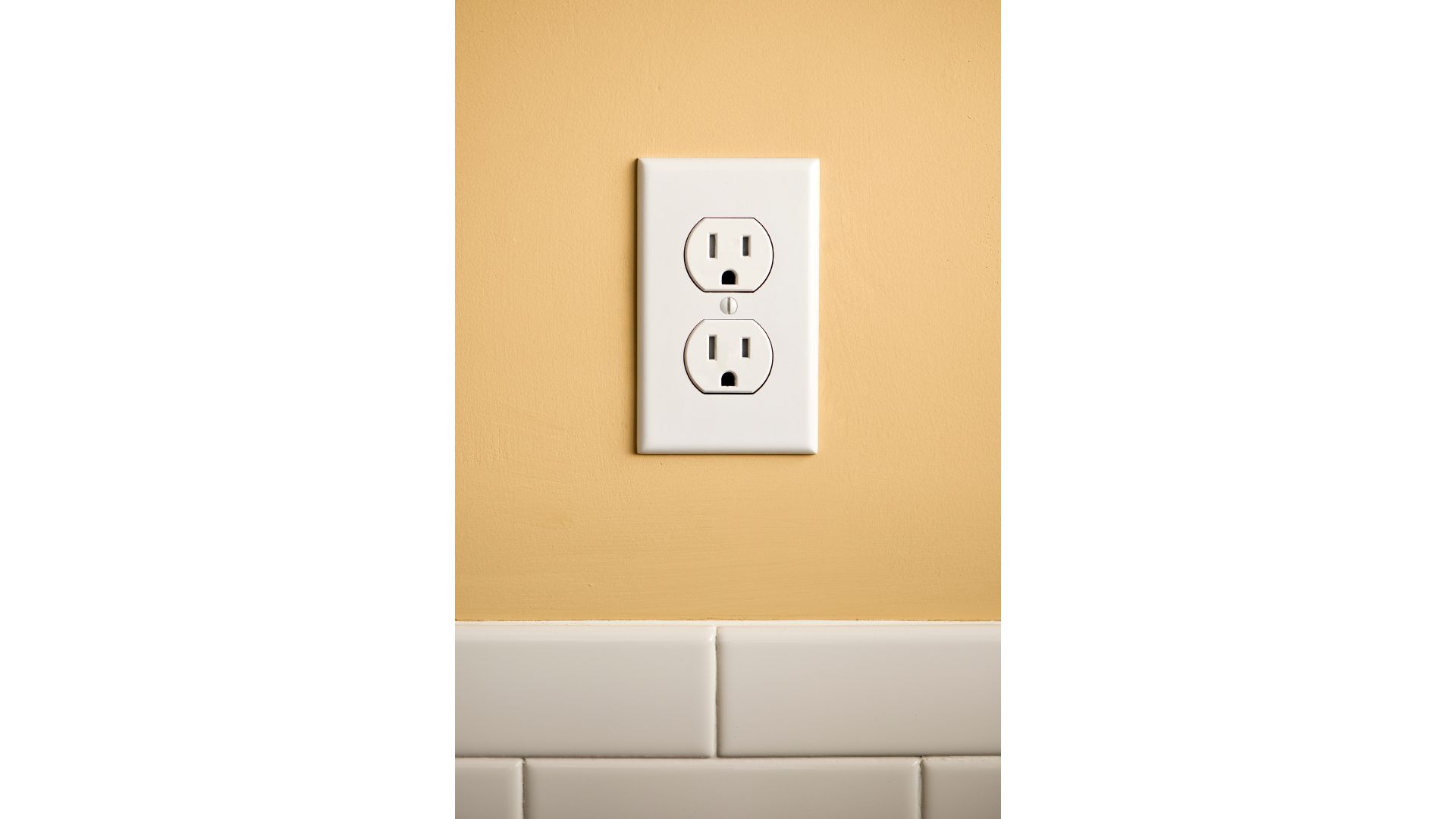You’ve probably seen a split receptacle, but you had no idea what it was called. To make sense of split receptacle GFCIs, you must first understand conventional split receptacles. Consider the following:
A split receptacle is a duplex outlet. You have one receptacle with two outlets. Both outlets get their power from the same circuit. If you live in a residential setting in the United States, both outlets share 120 volts.
But what if you want to split the outlets? What if you prefer to give each outlet a separate hot wire? You can split the outlets without physically separating the receptacle. The spruce attributes a duplex receptacle’s functionality to the copper strip that connects the two outlets.
This terminal fin allows a single circuit to power both sections of the receptacle. Breaking this copper strip separates the outlets, allowing you to feed each outlet with a separate circuit. This would give each section 120 volts, allowing the receptacle to generate 240 volts as a whole.
It is common practice for contractors to keep one section of a split receptacle hot at all times. The other section works with a wall switch. You can turn it on and off with the switch.
What Are The Benefits Of A Split Receptacle?
People love split receptacles because of their convenience. They bring numerous benefits to the table, including the following:
1). Wiring A Bedroom Lamp
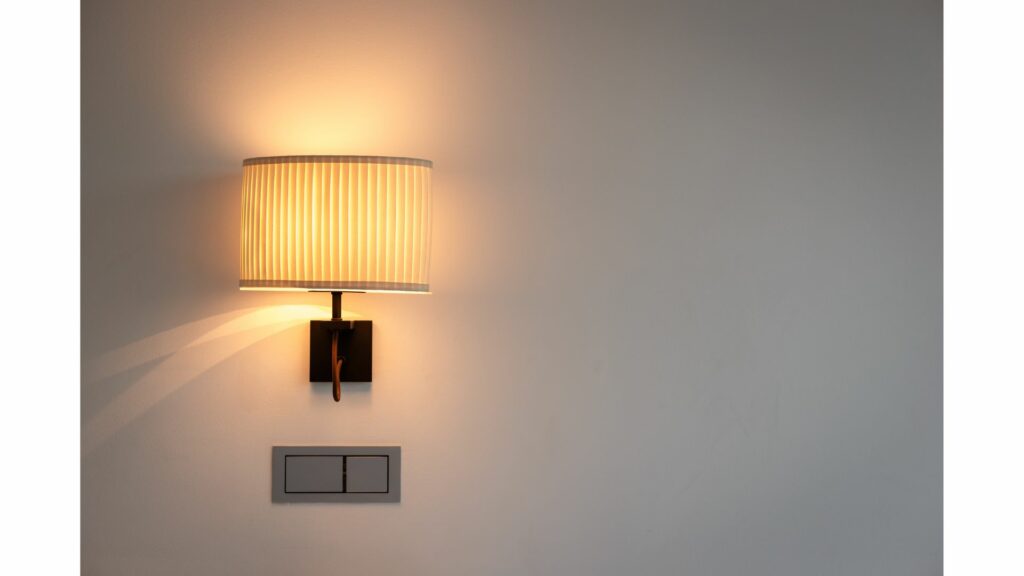
You will see split receptacles in bedrooms that require an outlet for a switched lamp. The second outlet is always on and can power any other device you connect. Most electric codes will compel a contractor to add a light fixture that a homeowner can control using a switch next to the door.
This prevents the home’s inhabitants from stumbling in the dark in search of a light switch. If you don’t have enough outlets in the bedroom, a split receptacle prevents you from sacrificing an entire receptacle to run a standing lamp.
2). Running Multiple Heavy-Duty Appliances On The Same Receptacle
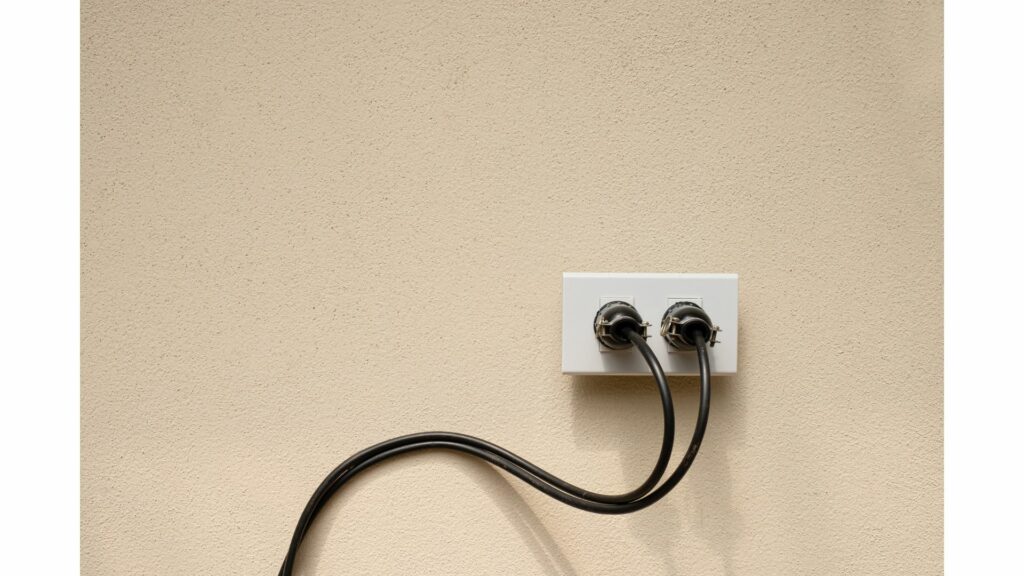
Connecting a microwave and a toaster to the two outlets of a duplex receptacle is a bad idea, especially if a terminal fin runs between them. Those two outlets sit on the same circuit. Therefore, you risk an overload by operating two heavy-duty appliances simultaneously.
Breaking the terminal fin and connecting each outlet to a different circuit doubles the power running through the receptacle. You can connect two kitchen appliances to the same receptacle without starting a fire.
What Are The Drawbacks Of A Split Receptacle?
- You can’t apply GFCI technology to a split receptacle. Breaking the copper strip between the two sections of a receptacle prevents one of the outlets from receiving GFCI protection. Therefore, an inspector may penalize you for failing to follow the rules.
- Switching one breaker off won’t kill the power in both outlets. This makes split receptacles a hazard, especially if you forget to de-energize both circuits.
- The local code may prohibit you from adding GFCI technology to a split receptacle. You also have rules that compel homeowners to hire professional contractors to install GFCIs. They penalize laypeople for doing electrical work without a permit. Therefore, if you want to add a GFCI to your kitchen’s split receptacle, be prepared to pay the labor fees.
Why Can’t You Put A GFCI On A Split Receptacle?
It is because of the shared neutral. GFCIs look for imbalances between the current going out on a live wire and the electricity returning via the neutral line. A shared neutral creates an imbalance, tripping the GFCIs.
You are better off placing the split receptacle on a circuit with a GFCI breaker. This provides ground fault protection to every appliance on the circuit.
What Does The Code Say About Split Receptacles?
- Some local codes will compel you to apply for a permit before wiring a split receptacle or attempting to configure a split receptacle GFCI.
- You should connect the split receptacle to a double-pole breaker to comply with the NEC’s regulations. This allows you to kill the power in both outlets by turning the double-pole circuit breaker off.
- The NEC expects consumers to place GFCIs on outlets in rooms like the kitchen and bathroom that are susceptible to ground faults. If the split receptacle won’t let you install the GFCI, remove the split receptacle. Otherwise, an inspector may penalize you.
Can You Turn A Normal GFCI Into A Split Receptacle GFCI?
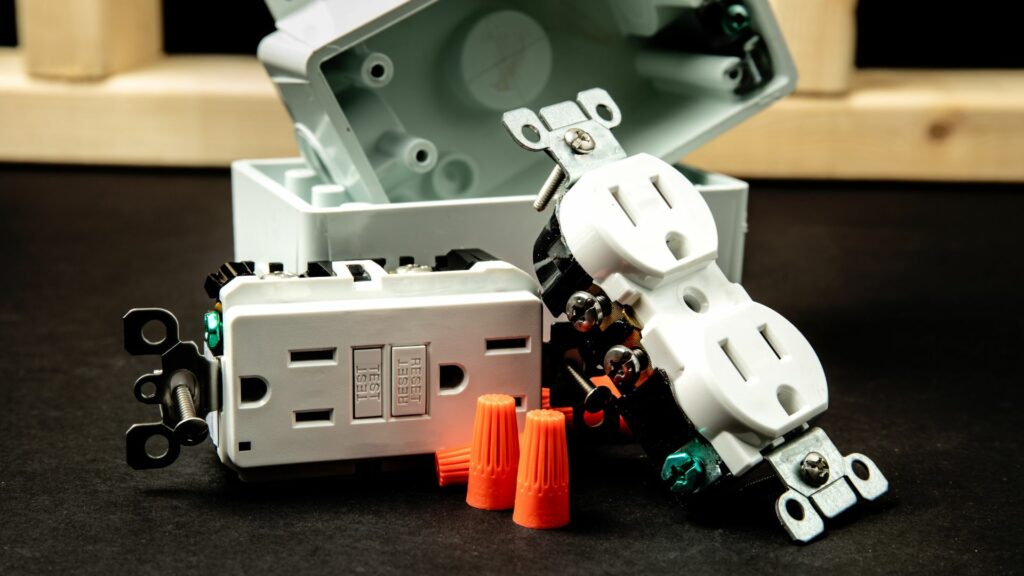
This isn’t feasible, not in the conventional sense, because it would mean connecting a GFCI to a setup with a shared neutral. GFCIs cannot work with shared neutrals. They will trip incessantly. You have two options:
- Installing a two-pole GFCI circuit breaker. You don’t have to rewire the split receptacle. The GFCI breaker will protect the split receptacle and every other outlet on the circuit.
- You can add a GFCI to each section of the receptacle. Usually, placing a GFCI on one outlet of a duplex receptacle protects both sections. However, removing the terminal fin makes the outlets separate entities. Rather than jumping through several complex hoops to protect both sections using the same GFCI, give each section a GFCI.
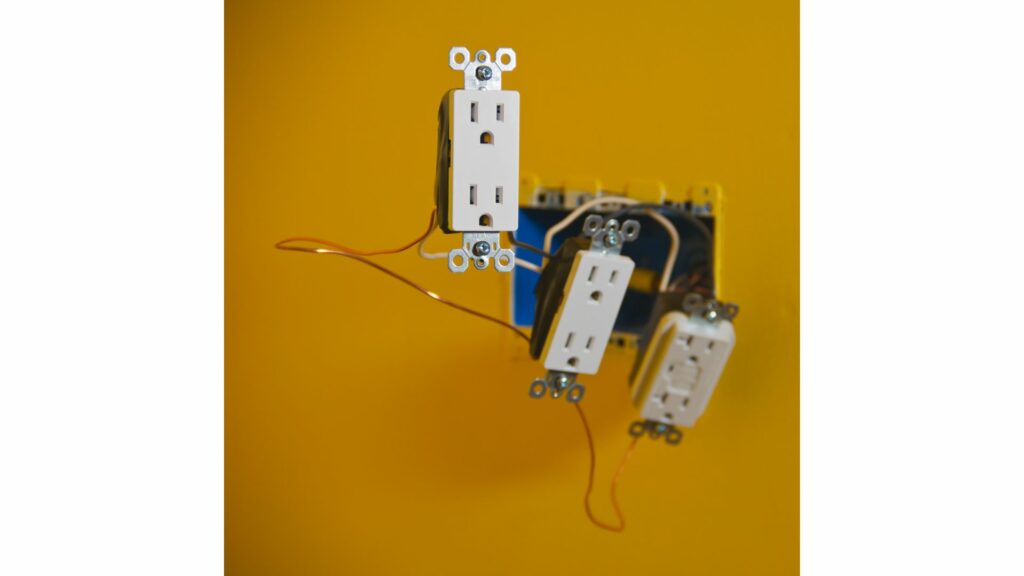
The second option is unpopular because it’s too expensive. Normally, people use one GFCI to protect multiple outlets downstream. The practice saves money. Using multiple GFCIs will raise your expenses.
The cost of installing a GFCI outlet is $29.79 to $169.59. The actual GFCI receptacle costs $39.69 or less. But you can’t ignore the labor fees. Can you afford to give each outlet on a split receptacle a separate GFCI?
The answer to this question will shape your decisions. The Electrical Safety Authority in Ontario has made it clear that GFCI split receptacles don’t exist. They’ve included diagrams revealing the alternatives consumers can use to meet the GFCI requirements in the local code. Ultimately, your contractor will encourage you to replace the split receptacle with a GFCI, a process that involves the following:
- Switch the power off at the breaker.
- Remove the old receptacles. Let the first outlet maintain its connection to the home run cable. This prevents the line from falling back into the wall.
- Depending on the number of countertop receptacles you want to cover, pull two runs of the Romex cables. One will go from the first to the third, fifth, seventh, and so on. The second cable will run to the second, fourth, sixth, and eighth outlets, etc.
- When you add the GFCIs to each box, the first will protect outlets 1, 3, 5, etc., while the second protects 2, 4, 6, etc.
- One cable will bring the power from the first box to the second box. Connect the outlets you want to protect downstream to each GFCI’s load side.
- Connect a 6-inch white pigtail to the GFCI’s line neutral terminal (3-way splice to the white line neutrals).
- Connect a 6-inch bare copper pigtail to the GFCI’s ground screw (4-way splice with the bare copper conductors in the first box).
- Splice the home run’s red wire to the live wire taking power to the second GFCI’s line side.
- Connect the home run cable’s black wire to the first GFCI’s line side.
- Wire the downstream receptacles to the GFCI’s load side.
Benefits Of Installing A Split Receptacle GFCI
- It gives you more power ports. If you run out of outlets, you can increase the number without relying on extension cords and power strips.
- The two sections of a split receptacle operate independently. A short circuit in one outlet won’t interfere with the operations of the second outlet. Breaking the copper strip that connects them allows the ports to work independently of one another.
- Contractors worry that a layperson will switch one outlet off at the breaker while forgetting the second outlet during repairs. However, a single double-pole circuit breaker solves this problem. It will shut off both sections of the split receptacle. According to Ring Electric, the double-pole breaker is an NEC requirement for split receptacles.
- The best way to protect against ground faults without rewiring a traditional split receptacle is to add a GFCI breaker to the circuit. This is beneficial because it protects the entire circuit from ground faults.
Don’t tamper with split receptacles in an effort to add GFCI protection unless you know what you are doing. In fact, you shouldn’t remove the connective tab between the two sections of a receptacle if you’re not ready to wire them separately.
Difference Between A Standard GFCI And A Split Receptacle GFCI
Theoretically, a split receptacle GFCI has two outlets connected to separate circuits. One outlet is always hot, while the other works with a wall switch. However, split receptacle GFCIs don’t exist. A skilled electrician can probably engineer one.
But you won’t find these devices on the market. The easiest way to create a split receptacle GFCI is to place a traditional split receptacle on a circuit with a GFCI breaker.

